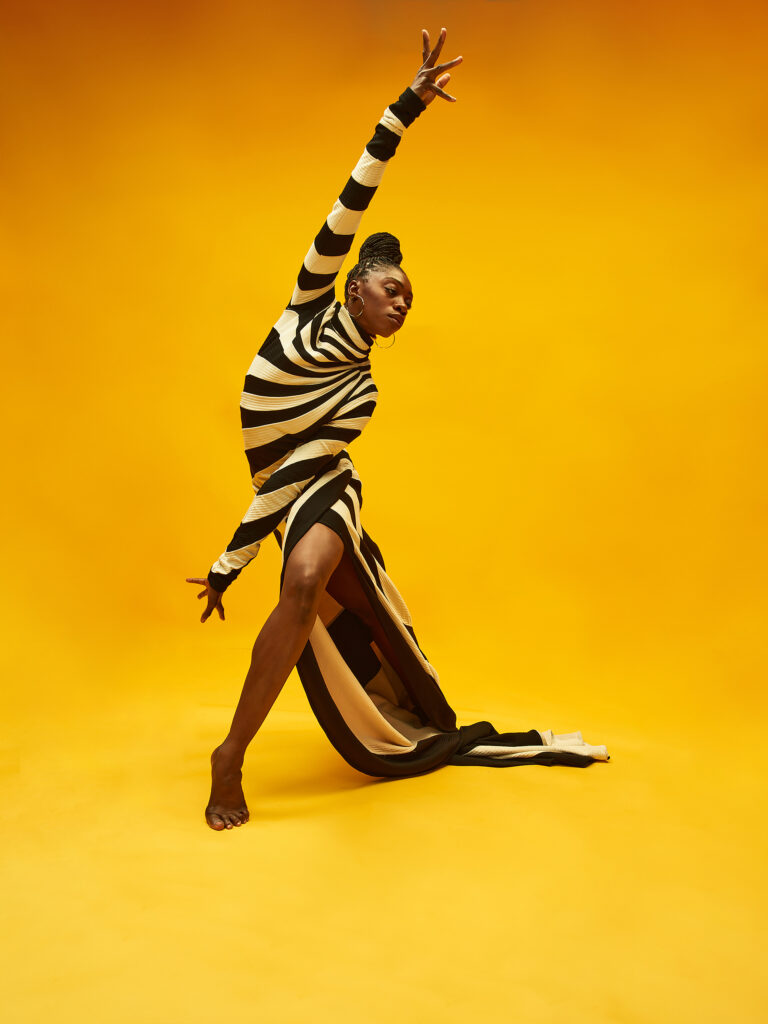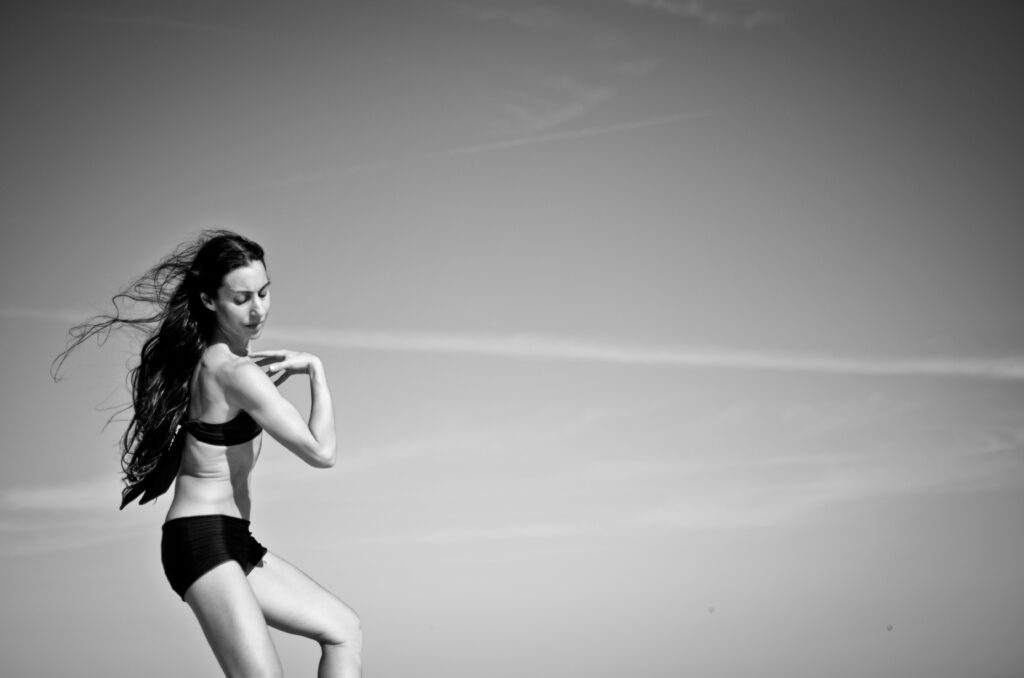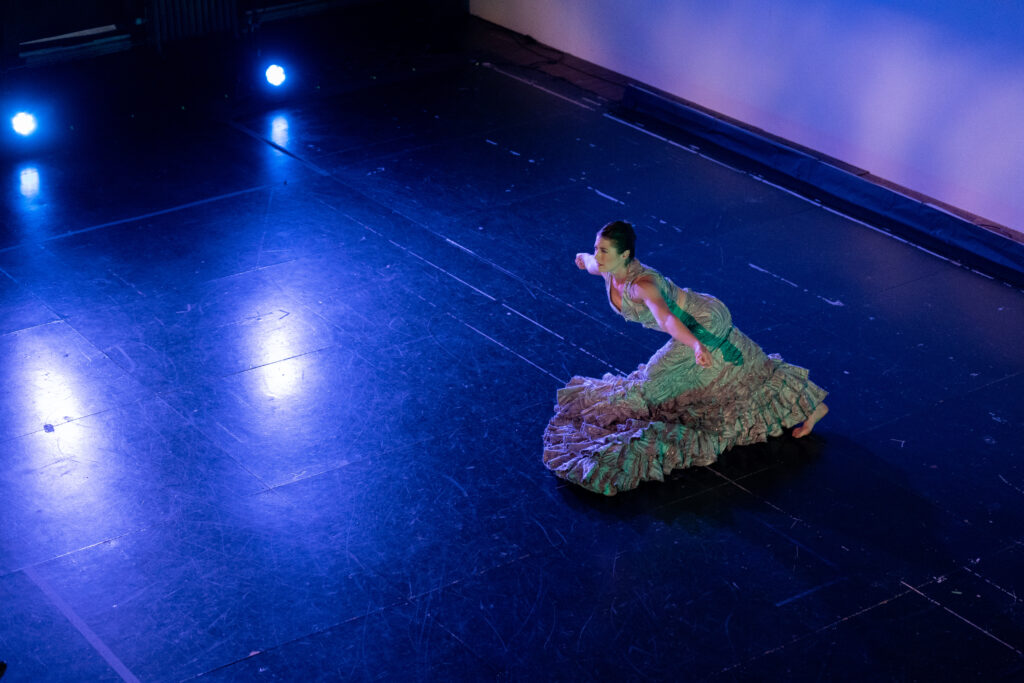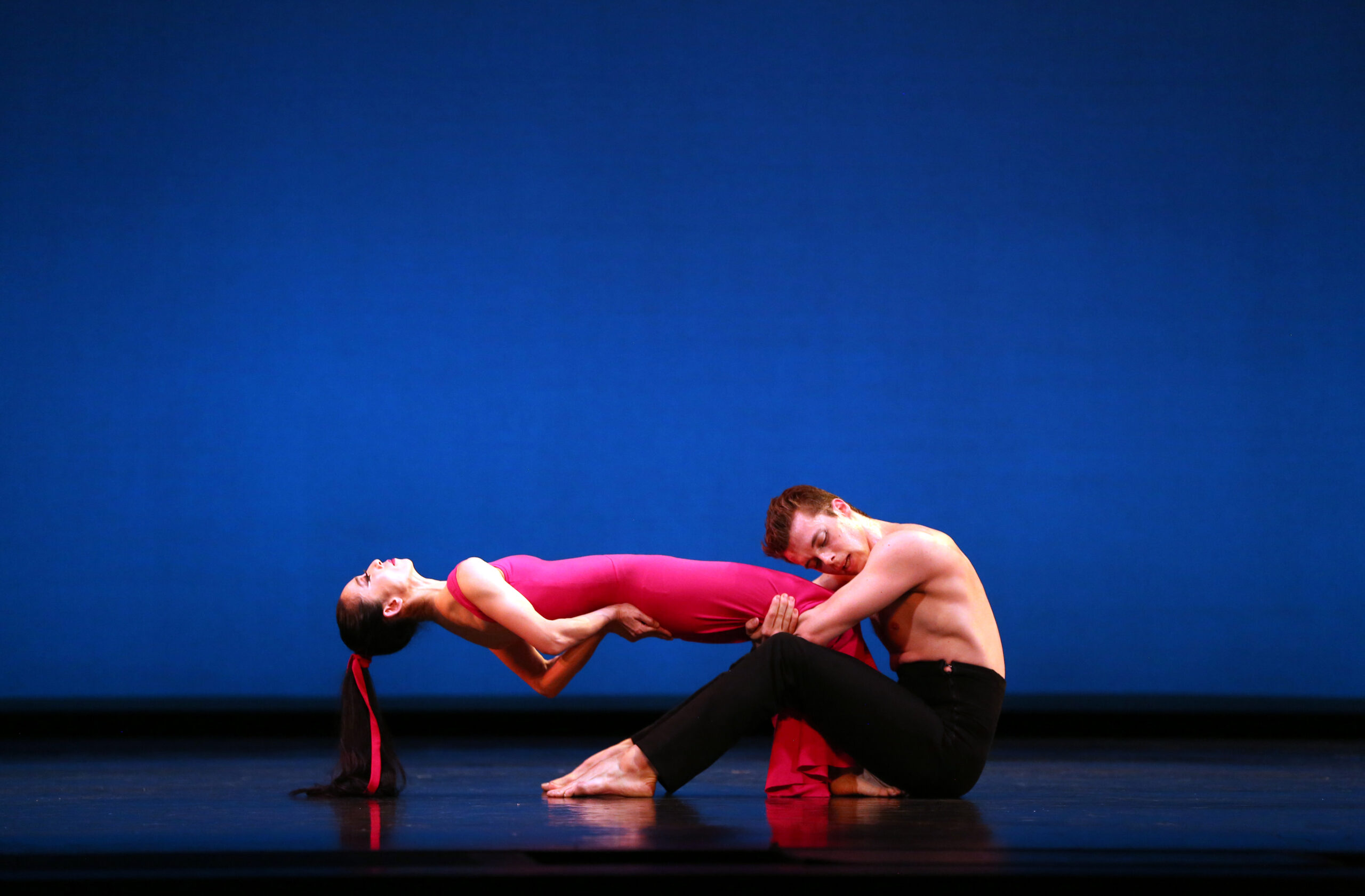Tricks and Tips for Getting Comfortable Dancing Barefoot
“My shoes feel like an extension of my own feet,” says flamenco dancer Alice Blumenfeld, who uses leather-soled heeled shoes. “I feel more comfortable kneading and massaging the floor and developing this relationship with the floor through my shoes.” When Blumenfeld began collaborating with choreographer Felise Bagley on barefoot works, it was an adjustment to shed her shoes and find the same use of her weight. “For most people, it’s more of a challenge to work in heels,” she says. “Instead, I had to start from zero, since I’ve spent 20 years making those shoes feel like a part of me.”
While dancing barefoot may present unexpected challenges, requiring dancers to strengthen different muscles and pay extra attention to foot health, it can also inspire new ways of approaching movement.
Recalibrate Muscles

For dancers accustomed to performing in shoes, dancing barefoot might require engaging less-used muscles. “The way you approach movement is going to be different,” says Khalia Campbell, a dancer with Alvin Ailey American Dance Theater. Dancing barefoot offers an increased connection with the floor that Campbell says has changed the way she shifts her weight, and it can affect balance and alignment, as well.
Dancing without shoes also demands greater engagement from foot muscles, necessitating changes to both warm-up and conditioning routines. Blumenfeld utilizes a series of exercises inspired by a former ballet instructor to get the minuscule foot muscles firing and to find articulation, including stretching each toe individually before pressing each one into the ground with as much strength as possible. She also does foot and ankle exercises with a TheraBand and sequences of tendus. Exercises like arch lifts and doming can also help develop the intrinsic muscles of the feet.
Foot Fitness
Shoes provide support and cushioning, so it’s important to take extra care of the feet when dancing barefoot. In the studio, feet should be clean and free of cuts, blisters, or infections that could worsen without shoes. Over time, calluses will naturally develop. While they serve as a protective barrier and can help with turning and gliding, excessively thick calluses may reduce the ability to feel the floor.
The conditions of a studio or stage floor can have a different impact on bare feet. Campbell notes that turning on a sticky floor in bare feet can make a knee injury more likely: “Your foot is going one way and your knee can go the other way because of the friction from the floor.” For a sticky floor, Campbell recommends strengthening the glutes and other turnout muscles, so as to rely on musculature, as opposed to joints and other connective tissue, for support.
A bit more self-care is also a requirement when dancing barefoot. “It’s important that you take the time and learn the things that you need to do to stay well,” Bagley says, adding that a calf stretch is an important addition to warm-up. Rolling out the feet with a tennis ball, massaging them, and/or soaking them in warm water and Epsom salt can reduce muscle tension and soreness after a long day of dancing.

Allow Artistry to Blossom
Dancing barefoot can provide new perspectives on even the most familiar of movements. For So Young An, a dancer with the Martha Graham Dance Company who used to be a member of the Korean National Ballet, transitioning to dancing barefoot opened up a whole new realm of creative possibility.
“Graham is about gravity, so you really have to connect to the floor and feel the earth,” she says. “That doesn’t mean always sinking down. I can use ballet technique in the upper body to lift up, but my legs and feet really connect to the ground and it expands my lines.”
Campbell, too, says she feels an increased artistic expansiveness when dancing barefoot. “When I transitioned to dancing barefoot fully, I noticed there’s a sense of connectivity to the floor and to the ground,” she says. “And, also, I feel like when I dance barefoot it gives me access to be more expressive with my body.”






